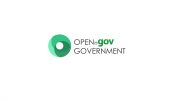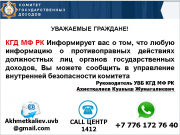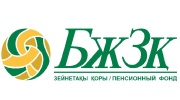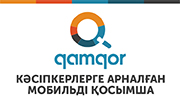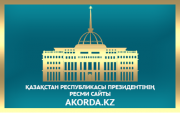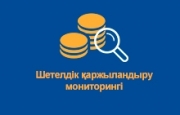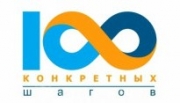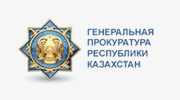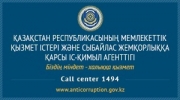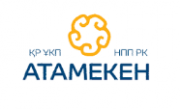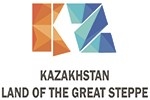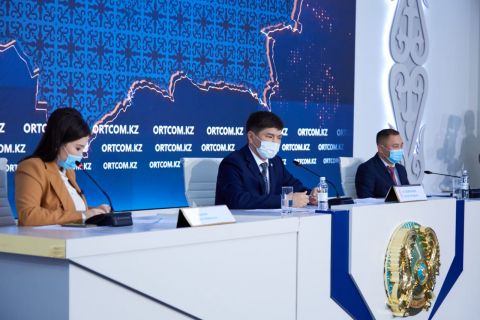
Issues on three taxpayers, totaling 52.1 billion tenge of taxes, which were paid independently to the budget, were settled pre-trial. This was announced at a press conference in the CCS by the director of the Department of Large taxpayers of the SRC, Anuar Suleimenov.
To date, the State Revenue Committee pays a special attention to reforming and simplifying tax administration.
To simplify it, the SRC implements digital solutions and develops remote administration, the priority of which is a new project based on transparent relations - horizontal monitoring.
Since July 2020, a pilot project on introduction of horizontal monitoring has been launched in the Republic of Kazakhstan, which will last until December 31, 2023.
In order to implement the pilot project, the SRC, together with the business community, developed and approved the rules for its implementation, as well as defined categories of taxpayers.
The main purpose of horizontal monitoring is to timely respond and prevent risky transactions and violations of tax and other legislation by taxpayers through remote access to the information systems of participants.
To date, the participants of the pilot project are large taxpayers from various sectors of the economy, the least affected by the pandemic.
Thus, participants of the pilot project can become:
1. Taxpayers who have independently expressed a desire to participate in the pilot project and are a commercial organization (except for state-owned enterprises) which simultaneously meet a number of conditions and criteria on the date of filing an application for an Agreement on interaction:
- fixed assets of the taxpayer shall be at least 325 000-fold MCI;
- amount of taxes paid by the taxpayer shall be at least 1 billion tenge;
- taxpayer shall maintain automated accounting and tax records;
- taxpayer shall ensure the availability of financial statements and internal control system;
- and also refers to a low or medium level of risk.
2. Taxpayers with controlling interest owned by National Management Holding, i.e. a quasi-public sector company;
3. Attorneys or subsoil users specified in the production sharing agreement, as well as their subsidiaries or related companies;
4. Organizations implementing investment priority projects.
As a result, to date, 10 large taxpayers are participating in the pilot project, negotiations are underway with another 20 companies from various sectors of the economy.
In international practice, horizontal monitoring is an effective model of tax administration of large taxpayers, which is carried out in two stages - pre-project work and pilot implementation.
During the pre-project work, the study and preparatory work of the internal control system and accounting systems for entry into horizontal monitoring is carried out.
Further, a pilot implementation is carried out with permanent remote access to accounting systems, where the recommendations of the Risk Committee for internal control systems, automation of business processes and accounting systems identified during pre-project work are implemented.
Due to remote information interaction and sufficient automation of processes, participation in horizontal monitoring will allow taxpayers to significantly reduce the costs of maintaining tax control.
At the same time, controversial issues arising during the pilot project will be considered by the conciliation commission, which will be formed from among the employees of the Committee and representatives of the pilot project participant.
Thus, horizontal monitoring will significantly reduce tax risks, as well as ensure timely revenues to the budget and avoid lengthy disputes based on the results of tax audits, which can last more than 3 years.
The participants of the pilot project can count on trusting partnerships with the state revenue authorities, recognition by bona fide taxpayers and increasing the investment attractiveness of companies, both in the domestic and global markets.
In general, the Strategy for development of horizontal monitoring in Kazakhstan will result in full automation and implementation of standard platforms, automatic reconciliation of accounting and tax accounting data and spot identification of risk areas through the use of a risk-based approach












